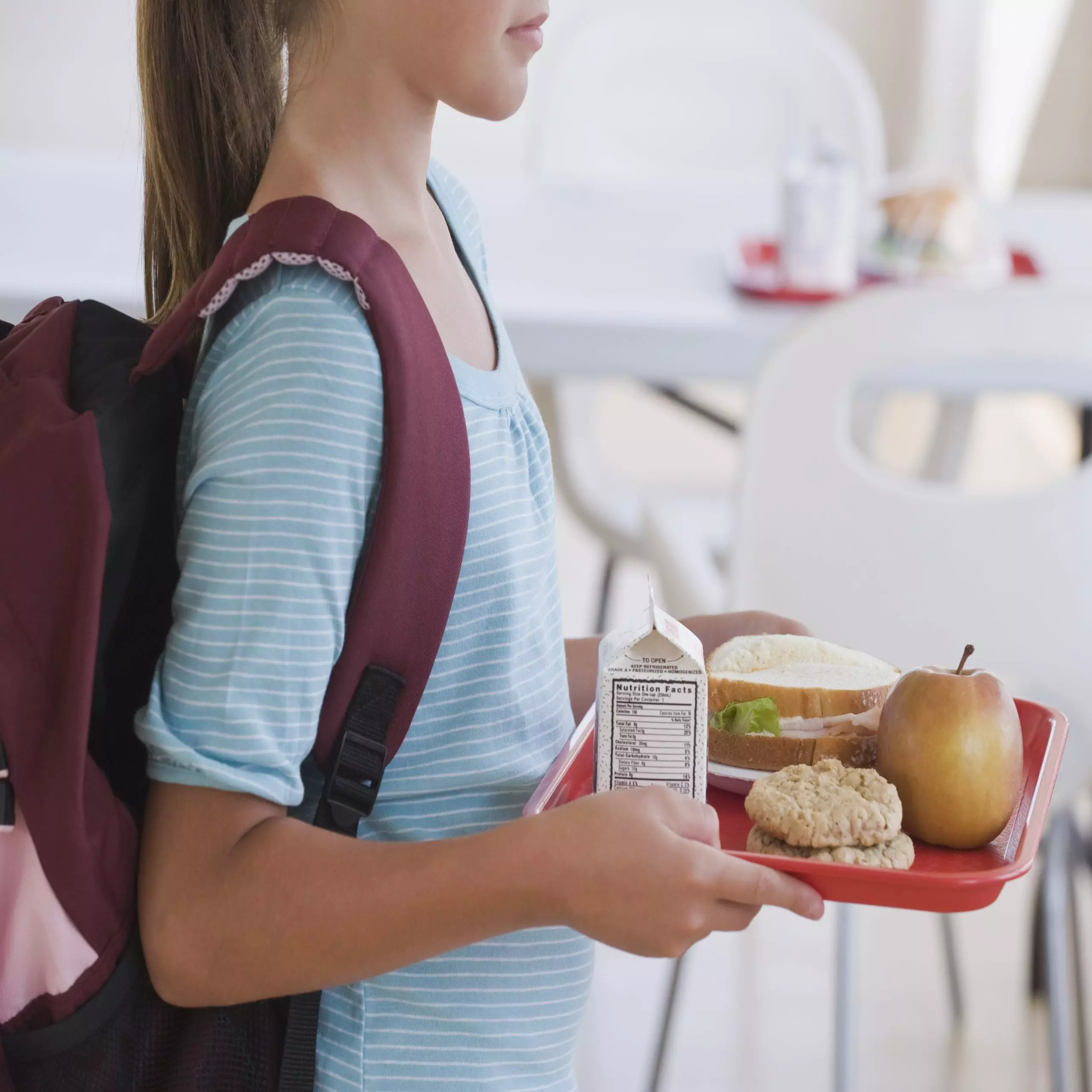As a pediatrician and an Indian immigrant, my journey into the world of children’s health has guided me toward an alarming realization about the materials used in everyday feeding products. Growing up, my family’s dining experience was steeped in tradition—eating from sturdy stainless steel dishes that were not just iconic of Indian culture but also represented practicality and sustainability. When I introduced solid foods to my twins, I unknowingly opted for convenience, relying on plastic bowls and spoons, much to my mother’s dismay. She felt justified; it turns out her anxieties were not unfounded. Studies and warnings from reputable organizations like the American Academy of Pediatrics (AAP) have raised significant concerns about the long-term impacts of plastic on our children’s health.
Today, we are faced with a conundrum: the materials that offer ease and accessibility might be detrimental to the very beings we cherish most. Many American parents, like I once was, remain unaware of the very real dangers posed by plastics, which are filled with chemicals that can disrupt hormones and adversely affect growth and development.
The Complex World of Regulations and Products
In my quest to create safe dining alternatives for children, I discovered a troubling reality—the regulations governing food-related products in the U.S. are starkly outdated. The U.S. Food and Drug Administration (FDA) has over 10,000 additives approved, many of which date back to the 1950s. They’re based on science that neglects the advancements of recent decades, allowing potentially toxic substances to permeate our food systems with minimal oversight. More than 80% of children’s feeding products on the market remain plastic-based, suggesting a systemic failure that places our youth at risk.
Not just confined to individual households, the issue extends to institutional settings such as schools where millions of children partake in the national school lunch program. While schools endeavor to provide nutritious meals, many are still using disposable plastic, which introduces additional layers of environmental waste alongside health concerns. The sheer scale of this problem is staggering—around 34 million children participate in the program, leading to massive amounts of plastic waste generated each school year.
Environmental and Health Implications
The environmental context of this crisis cannot be overlooked. Plastics pollute oceans, harm marine life, and contribute disproportionately to climate change. The scientific consensus points to a significant connection between our consumption patterns and long-term planetary health. Chemicals found in plastics have been linked to numerous health issues, both in the short and long term, particularly among children whose bodies are still developing and more susceptible to hormone disruption.
The World Health Organization (WHO), along with other medical bodies, emphasizes the urgent need to transition away from outright plastic use and seek more sustainable alternatives. These endorsements mirror the growing evidence suggesting that toxic chemicals from plastic foods can have profound implications not just for health but for cognitive development as well, ultimately shaping a generation.
A Call to Action: Embracing Sustainable Alternatives
This calling has led me to establish Ahimsa, a brand centered around safe, sustainable stainless-steel products curated for children. However, my ambitions extend beyond entrepreneurship; they encompass a desire to catalyze systemic change. We can no longer depend solely on parental vigilance; if the institutions that feed our children cannot adapt, we risk perpetuating cycles of harm.
Families must band together to advocate for transformation, beginning with schools. It’s incumbent upon us to utilize email templates and advocacy tools shared by groups like Ahimsa to reach out to school administrators actively. We can also support legislative efforts, like the Break Free From Plastic Pollution Act of 2021, aimed at curtailing plastic consumption and promoting cleaner alternatives within our food systems.
As we build coalitions to challenge outdated practices, we must push for rigorous FDA oversight that reflects contemporary scientific findings. Ensuring that harmful chemicals are removed from our foodchain not only benefits our immediate family but also resonates with broader environmental health efforts.
Empowerment Through Awareness
This movement starts with education and empowerment. Families are encouraged to make conscious choices—downsize their plastic use and consider transitioning to glass or steel options for food storage. Even minor adjustments can culminate in significant effects.
Collectively, we must challenge the status quo and engage in meaningful conversations about our responsibilities to future generations. What we choose today impacts not only our health but the very fabric of the environment our children will inherit.
By rewriting our consumption narratives, emphasizing health-conscious practices, and embracing a shared goal of sustainability, we can redefine what is acceptable within our food systems. The question remains not whether we can make these changes, but whether we will.

